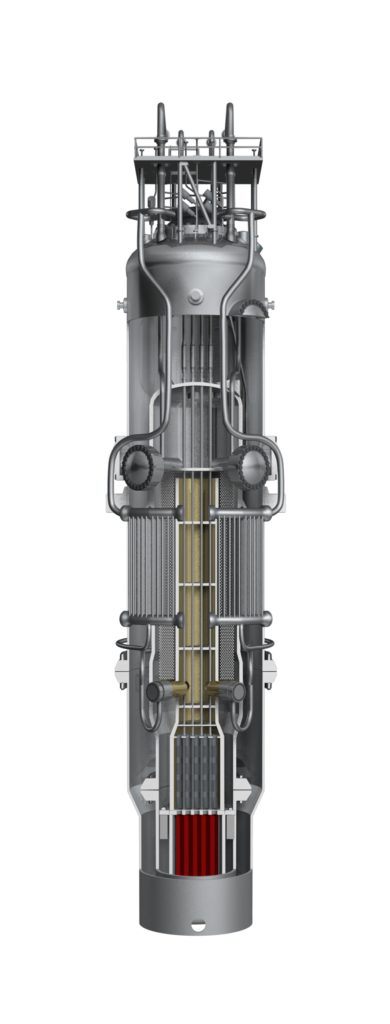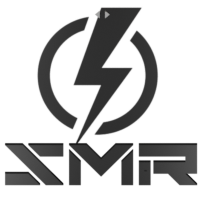About
Small Modular Reactors
Small modular reactors (SMRs) are nuclear fission reactors that are smaller than conventional reactors. The term “small” in the context of SMRs refers to design power output.
Small modular reactors have a power output of less than 300 MWe. The term “modular” in the context of SMRs refers to its scalability and to the ability to fabricate major components of the nuclear steam supply system (NSSS) in a factory environment and then transported them to the site.
Key characteristics:
Modularity
Improved safety
Easier construction
Advantages and Disadvantages of Small Modular Reactors
Small modular reactors are very specific. Their size and modularity offer many advantages. On the other hand they have some disadvantages, which must be taken into account during decision making.
Possible Advantages
Enhanced safety and security
Lower thermal power of the reactor core, compact architecture and employment of passive concepts have the potential for enhanced safety and security compared to earlier designs and large commercial reactors. The passive safety systems are very important safety feature in the SMR. Therefore there is less reliance on active safety systems and additional pumps, as well as AC power for accident mitigation. These passive safety systems are able to dissipate heat even after loss of offsite power. The safety system incorporates an on-site water inventory which operates on natural forces (e.g., natural circulation). In reactor engineering, natural circulation is very desired phenomenon, since it is capable to provide reactor core cooling without coolant pumps, so that no moving parts could break down.
Modularity
As was written, the term “modular” in the context of SMRs refers to its scalability and to the ability to fabricate major components of the nuclear steam supply system (NSSS) in a factory environment and then transported to the site. This can help limit the on-site preparation and also reduce the construction time. This is very important, since the lengthy construction times are one of key problems of the larger units. Moreover, the in-factory fabrication and completation of major parts of the nuclear steam supply system can also facilitate implementation of higher quality standards (e.g., inspections of welds).
Construction time and financing
Size, construction efficiency and passive safety systems (requiring less redundancy) can reduce a nuclear plant owner’s capital investment due to the lower plant capital cost. In-factory fabrication of major components of nuclear steam supply system can significantly reduce the on-site preparation and also reduce the construction time. This in turn can lead to easier financing compared to that for larger plants.
Possible Disadvantages
Large-scale Production
Most of the economic benefits (especially lower capital cost) stated are valid for n-th unit produced. In order to achieve these economic benefits, large-scale production of SMRs and initial orders for tens of units is required.
Licensing
One of very important barriers is licensing of new reactor designs. For example, in regulating the design, siting, construction, and operation of new commercial nuclear power facilities, the NRC currently employs a combination of regulatory requirements, licensing, and oversight. Historically, the licensing process was developed for large commercial reactors. The licensing process for new reactor designs is a lengthy and costly process.


